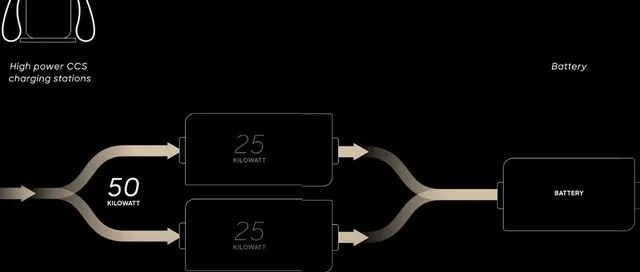Author: Zhu Yulong
Let’s talk about the central onboard charging unit of Lucid Air, the Wunderbox.
Due to the high voltage of Lucid Air, which is 924V, the Wunderbox has several functions:
-
Low-power DC power distribution section: containing contactors and fuses, mainly connecting PTC, electric compressor, and DC-DC
-
800V to 400V conversion: mainly for powering PTC and electric compressors
-
Bidirectional high-power charging: 19.2 kW, the interesting thing here is that the boost section and the 400V DC input behind it are shared
-
DC charging boost circuit: 50kW for old American DC charging piles to increase voltage.
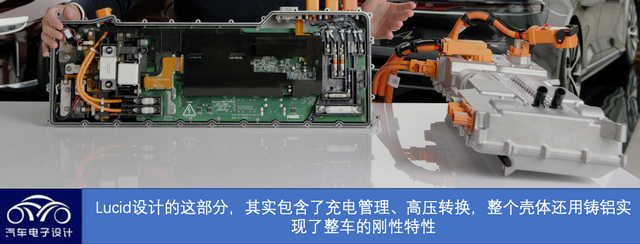
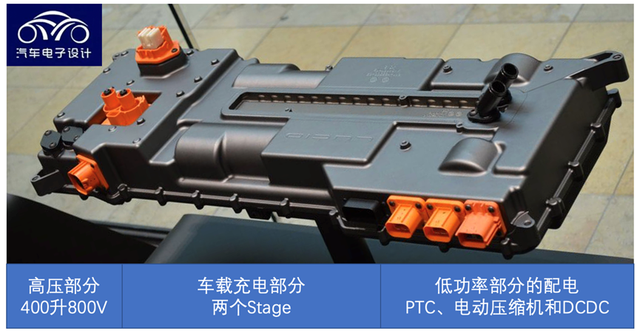
Overview of Wunderbox’s Interior
In this multifunctional system, there are many functions, including 3 pairs of high-power connectors (DC charging sockets, battery systems, and inverters) and 4 pairs of low-power connectors (AC socket input, DCDC output, PTC output and electric compressor output).
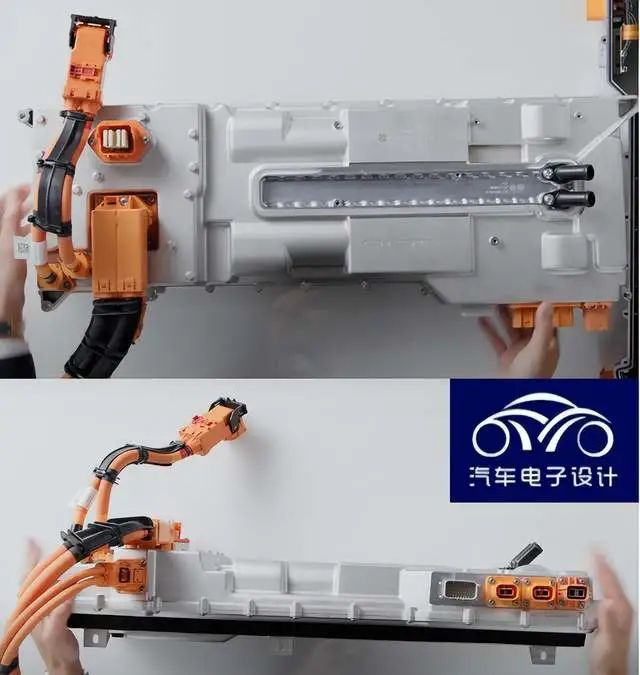
In the explanatory video, we can see that there are actually four parts:
-
High-power circuit: considering two parts, AC input and 400V DC pile input, which can reuse the DCDC boost circuit through two parts.
-
Control board: this needs to consider several charging modes, AC, DC high-power fast charging, and DC low-power fast charging.
-
High-voltage distribution: equipped with a high-voltage contact area, input fast charging input, AC input, inverter output, and battery input & output.
-
Low-power distribution circuit: this also contains a small circuit because PTC and the electric compressor are both 400V.
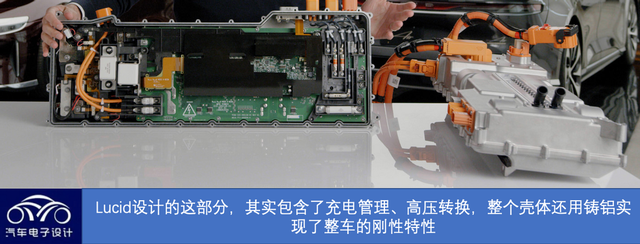
For the new CCS fast charging pile, it is relatively simple and direct to bypass here. If a 400V pile appears, consider using the DCDC boost part of the AC charger. Here, a boost circuit of 50kW was considered from the beginning. At present, compatibility with old DC charging piles at 800V is required globally. Each company has its own way of considering compatibility with AC charging piles. Lucid is the only company that does this.
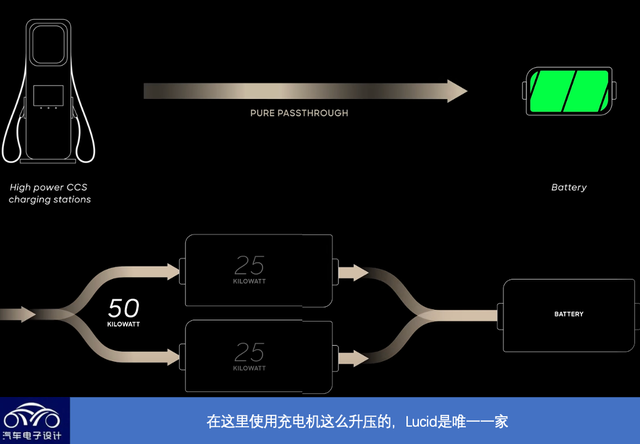
For the AC part, SiC is considered to be used in the main control circuit, on the one hand, to improve efficiency, on the other hand, to consider V2X. In this regard, the size of Lucid’s battery is large enough, so many SiC Mosfets are configured here. In the information disclosed earlier, Lucid and ROHM cooperated, and the improved performance of SCT3040K and SCT3080K SiC MOSFETs at high frequency and high temperature helped Lucid reduce the design size and reduce power loss. The active rectification and PFC power factor correction circuit can work at high switching frequency, which is attributed to the application of SiC MOSFETs. The 50kW boost circuit also needs to use SiC circuits to achieve this function.
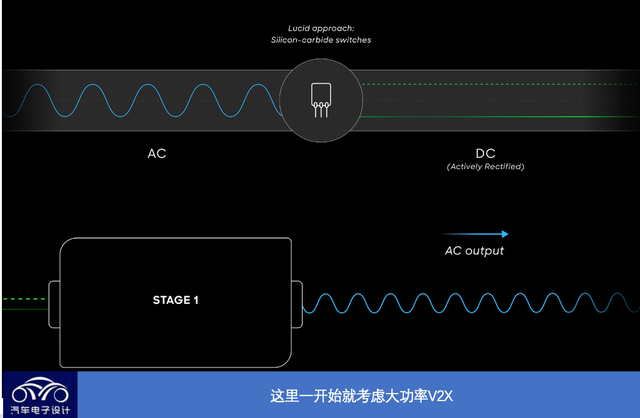
In the design, due to the above considerations, the entire design requires a relatively large number of fuses, and multiple circuits inside need to consider electrical insulation protection.
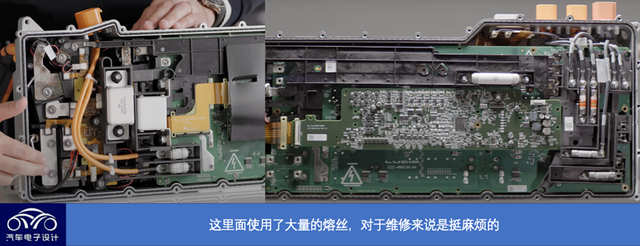
The Future of OBC
We have made many attempts in China, mainly discussing the adoption of small DC charging, gradually taking the on-board chargers off the car. On 800V vehicle models, compatibility with past charging piles needs to be considered, and there is also charging capability at low-power fast charging piles. Currently, there are generally two solutions:
-
Dedicated boost circuit: Starting with Porsche, a simple boost device is made.
-
Reuse motor winding: Used as part of the boost circuit.“`
Lucid considered high-power SiC circuits here. Since the AC power conversion is close to 20kW, higher short-term power is considered in the boost section, directly inheriting the 50kW boost circuit design. This actually provides a new way for the OBC. Based on SiC technology, higher power products can be developed.
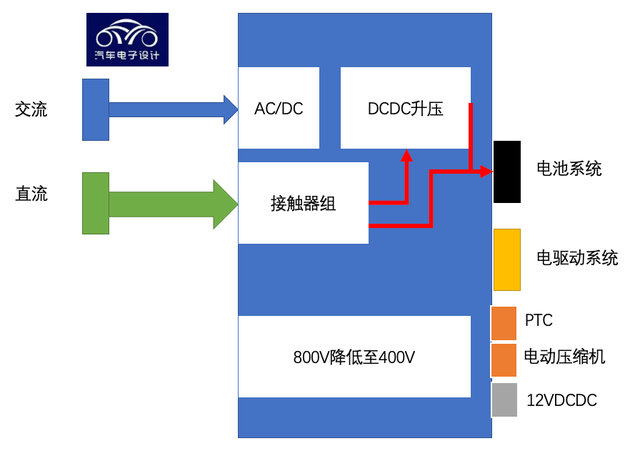
Summary: I think Lucid is also a way for high-end cars. After all, the 800V system must be considered, but it may not be necessary to achieve full integration. It is a good idea to consider AC and 400V DC inputs together, and to consider the bidirectional output.
“`
This article is a translation by ChatGPT of a Chinese report from 42HOW. If you have any questions about it, please email bd@42how.com.
